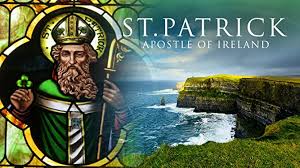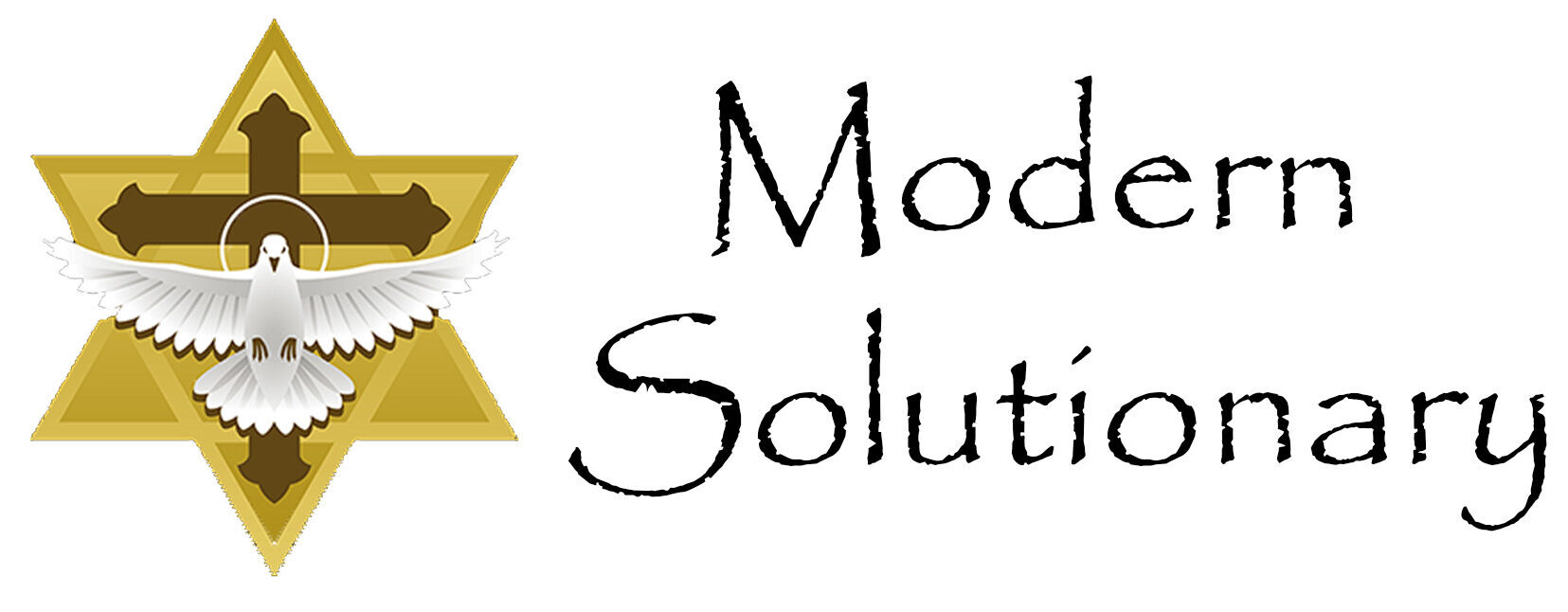
Thanks to the research of Thad Morgan, we are able to learn a few interesting facts about the man that became St. Patrick, the patron Saint of Ireland.
First, he was not Irish; he was born in England circa 385. St. Patrick didn’t make his way to Ireland until Irish pirates kidnapped him at age 16.
The original color for St. Patrick’s Day wasn’t green; it was blue. After the Order of St. Patrick was established in 1783, the organization’s color had to stand out from those that preceded it. Since dark green was already taken, the Order of St. Patrick went with blue.
This might shock some of you but there were no snakes for St. Patrick to banish in Ireland.
St. Patrick was known through folklore for having chased away snakes in Ireland, thus protecting townspeople from the mysterious creatures and sending them to the sea. However, Ireland didn’t have snakes at the time. Surrounded by icy water, Ireland was the last place that these cold-blooded reptiles would want to go. It’s much more reasonable to think that the “snakes” that St. Patrick banished were representative of the Druids and Pagans in Ireland since they were considered evil. It’s also worth noting that St. Patrick never got canonized by a pope. In all fairness, St. Patrick wasn’t the only saint that didn’t go through a canonization process. In the Church’s first millennium, there wasn’t a formal canonization process at all, so most saints from that period were given the title if they were either martyrs or seen as extraordinarily holy.
St. Patrick, was not martyred in the traditional sense. He did however, face unbelievable opposition and challenges and died of natural causes, likely on March 17, which is now celebrated as St. Patrick’s Day. He lived during the 5th century and is celebrated for bringing Christianity to Ireland. One of the most fascinating aspects of St. Patrick’s life is that he turned an experience of immense hardship into one of profound transformation. After being kidnapped and enslaved by Irish raiders as a teenager for six years, he found solace in his faith, which deepened during this time. Upon escaping, instead of harboring bitterness, he felt a divine calling to return to the very land where he’d suffered. There, he devoted his life to spreading Christianity, becoming one of its most influential missionaries.
His life’s story is a powerful example of resilience, forgiveness, and holy purpose. St. Patrick used the shamrock, a three-leafed plant, as a visual aid to explain the concept of the Holy Trinity to the Irish people. He pointed out that just as the shamrock has three distinct leaves but is still one single plant, the Holy Trinity consists of three persons; Father, Son, and Holy Spirit, united as one God. This simple yet profound analogy helped convey a complex theological idea in a way that was relatable and easy to understand.
The shamrock’s symbolism resonated deeply with the Irish people, as the number three already held spiritual significance in pre-Christian Celtic traditions. The Celts perceived life in triadic terms, dividing it into three stages: youth, adulthood, and old age in three realms of existence; land, sea, and sky. This clever use of a natural element not only communicated his message effectively but also connected with the cultural context of his audience.
If this is my last post, I want all to know that there was only one purpose for all that I have written; to have made a positive difference in the lives of others.
Anthony “Tony” Boquet, Author of “The Bloodline of Wisdom, The Awakening of a Modern Solutionary”.
